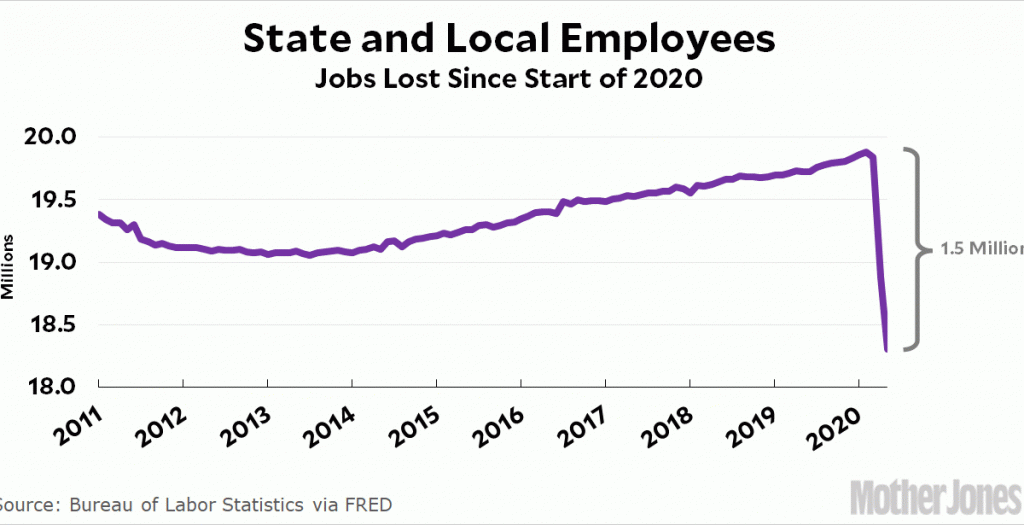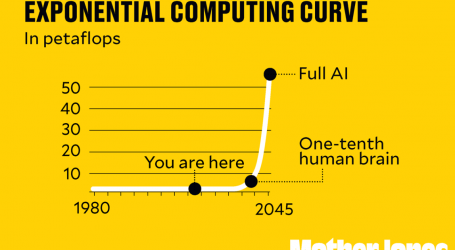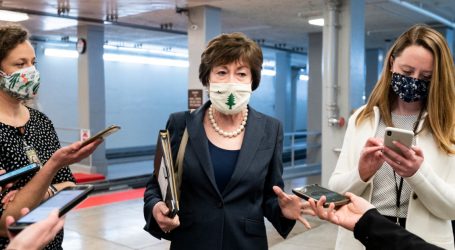Stimulus? We Desperately Need It For State and Local Governments.
One of the reasons that recovery was so slow from the Great Recession of 2007-09 is that there were huge headwinds due to reduced government spending. You can read the whole story here, but this chart tells you most of what you need to know:
After most recessions, government spending goes up substantially, which helps economic growth. Republicans declined to allow that to happen while Obama was president, but they’re singing a different tune now that one of their own is in the Oval Office:
White House trade adviser Peter Navarro signaled that President Donald Trump is looking for at least $2 trillion in the next relief package being considered to help buoy an economy devastated by the coronavirus pandemic….Navarro did not say whether the bill should include additional relief for American cities.
Federal government spending to fight the coronavirus recession has been fairly healthy, but what about state and local governments? Michael Hiltzik reminds us that celebration was premature when the Labor Department announced an increase in jobs last week. Partly this is because it was a blip compared to the huge number of jobs that have been lost:
But the most important reason not to celebrate was hidden in the government report in plain sight. Employment by state and local governments has fallen off a cliff. The employment report issued June 5 by the Bureau of Labor Statistics showed that state and local government employment fell by 571,000 jobs in May. The month before, the loss was 964,000, for a two-month total of 1.535 million public sector jobs lost.
And the disaster may just be starting. Estimates of the size of the deficits faced by state and local governments through 2022 from the combination of heightened public health spending to combat the coronavirus and sinking revenues due to the economic shutdown and its continuing reverberations range from a catastrophic $500 billion through fiscal 2022 to a cataclysmic $959 billion through the end of next year.
It’s a nasty looking chart:
This is why it’s so important that the next round of spending includes assistance for state and local governments. Navarro mentioned that he wanted a payroll tax cut along with aid for manufacturing and pharmaceutical companies. But he mentioned nothing about state and local government. At this point, though, that’s probably the single most important part of any stimulus package. Democrats should be absolutely unwilling to even consider any legislation that doesn’t address this.





